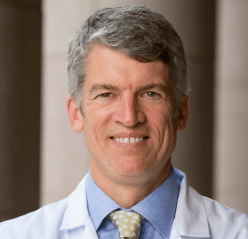
A new study published in The New England Journal of Medicine has demonstrated both the importance of, and the challenges associated with, treating people who are at high risk of a stroke.
In the study—led by Clay Johnston, a neurologist and stroke specialist who serves as dean of the Dell Medical School at The University of Texas in Austin, USA—a team of researchers studied the effects of the drug ticagrelor on people who have suffered a transient ischemic attack.
The study, which looked at more than 13,000 patients in 33 countries, did not find that ticagrelor was better than aspirin, the current standard, in reducing the risk of stroke, heart attack, or death in patients presenting with TIA or minor stroke. About 6.8% of patients in the study who were taking ticagrelor suffered a stroke, heart attack or death within 90 days of the initial attack, versus about 7.5% of patients who were taking aspirin. It also demonstrated that ticagrelor is about as safe as aspirin even though it works in the body in a completely different way. The European biopharmaceutical company AstraZeneca sponsored the study.
“There are still too many strokes afflicting patients with transient ischemic attack and minor stroke, whether they are taking ticagrelor or aspirin,” Johnston says. “While this study does not necessarily show that we can prevent strokes among this group any better with this one drug, it does open the possibility that combinations of drugs could reduce the risks that these vulnerable patients face.”
Stroke prevention and treatment is a growing focus of the Seton-Dell Medical School Stroke Institute, collaboration with the Seton Healthcare Family meant to catalyse research on treating and preventing stroke and improve stroke care in central Texas, according to a press release.
Seton is working with Dell Medical School to provide specialised stroke in-patient units at the new Dell Seton Medical Center at The University of Texas, which opens in 2017.
“Getting evaluated by a stroke subspecialist here in our community will get a patient the most appropriate treatment more quickly—and it will lead to better outcomes for stroke patients,” says Steve Warach, director of the Stroke Institute. “We also want to develop therapies for stroke situations that now don’t have any therapies. Working with other US researchers, we must discover and develop ways to effectively treat stroke patients of all kinds across the region.”













